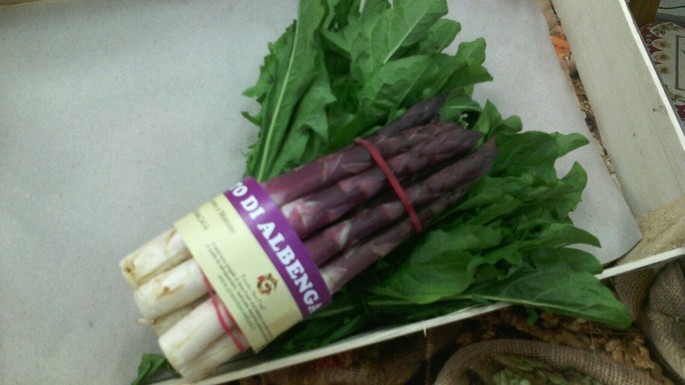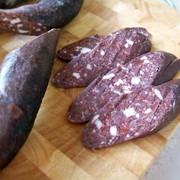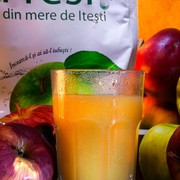Despite the efforts to cultivate it in other parts of the world, from California to Australia and New Zealand, none has succeeded in obtaining satisfactory results and the tasty asparagus with intense violet nuances has continued to grow thus only in the Piana di Albenga where the microclimate is ideal for this crop and alluvial soils have a deep sandy and silty layer. The practically symbiotic link between the Asparagus of Albenga and its territory of origin has, therefore, inevitably decreed the inclusion in the national list of Traditional Agri-Foodstuffs (PAT).
To preserve its purity is its genetic heritage, characterized by 40 chromosomes instead of 20 like all other asparagus, which determines the color (which does not depend, therefore, from cultivation techniques) and prevents it from hybridization with other varieties. Although it is, therefore, a product with unique characteristics envied at every latitude, the Asparagus Violetto seriously risked the extinction due to the progressive abandonment of crops in favor of more profitable varieties and of the shorter production cycle, that allows to make two collected per year.
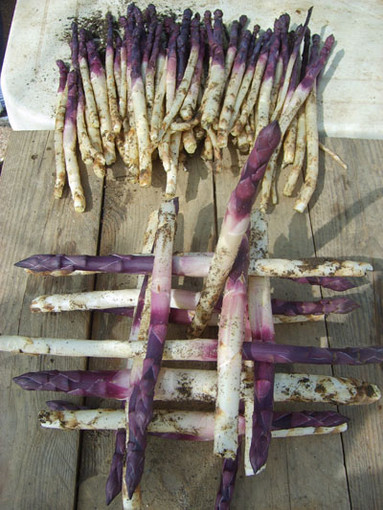
Although, in fact, less than a century ago the Violet Asparagus crops boasted a good 143 hectares, today the land dedicated to its cultivation, still carried out with manual techniques, stands on 10 hectares of surface. The abandonment of a product of this value is due to its particular production cycle which allows it to be placed on the market later than the most common varieties. The harvest season, in fact, is concentrated in the period between March and June and for this reason many producers, today as in the past, try to advance the times keeping the soil warm. If in the past to increase the temperature the water-impregnated cotton waste was used, more advanced techniques have been developed over time, such as passing hot water pipes into the ground. Even adopting these expedients, however, you can not advance the harvest period of more than two months.
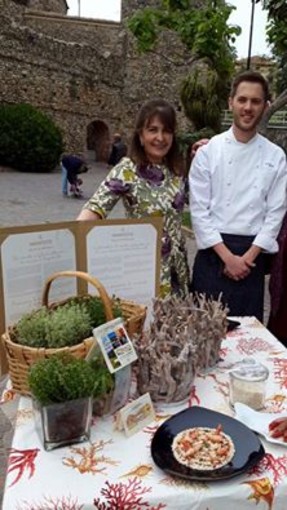
A product of such value and uniqueness, therefore, would have risked to disappear definitively if some producers, that the Slow Food Foundation gathered in one of its Presidium, had not continued its cultivation, promoted the rediscovery of its characteristics of excellence and encouraged other farmers to resume production, pledging to make it as profitable as possible.
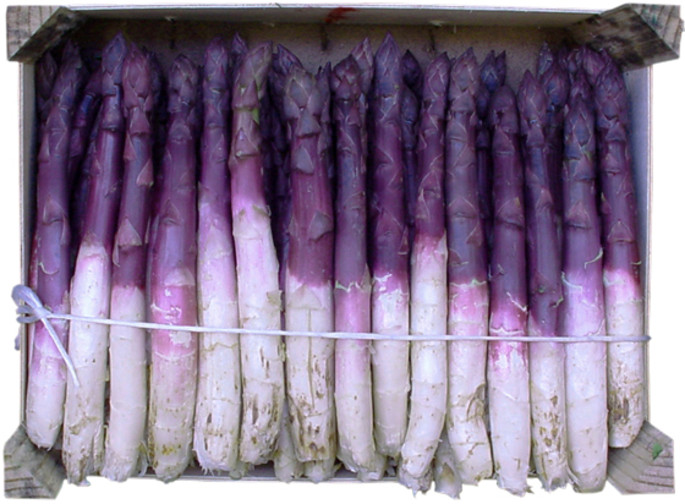
[Credit ortofrutticola]
Particularly appreciated for the size of the spears and for the soft, buttery and not fibrous consistency, these asparagus strike for the intense purple color that gradually fades to the base. Their delicacy deserves to be enhanced with preparations that do not cover the taste of the product. The best way to appreciate the gustative and olfactory notes is to eat them simply boiled, steamed or even raw and seasoned to the sour. There aren't missing those who prepare them parmigiana way, with or without egg, or who accompanies them with a light mayonnaise, better if done at home, and who, again, uses them as an ingredient for tasty first courses or delightful second courses of white meats or fish. The important thing is to consume them fresh, better if the day of the purchase.

